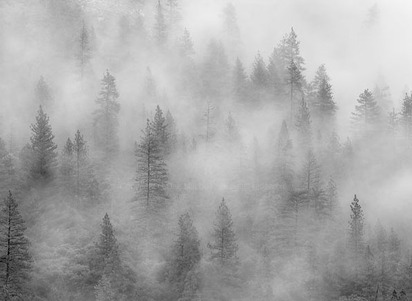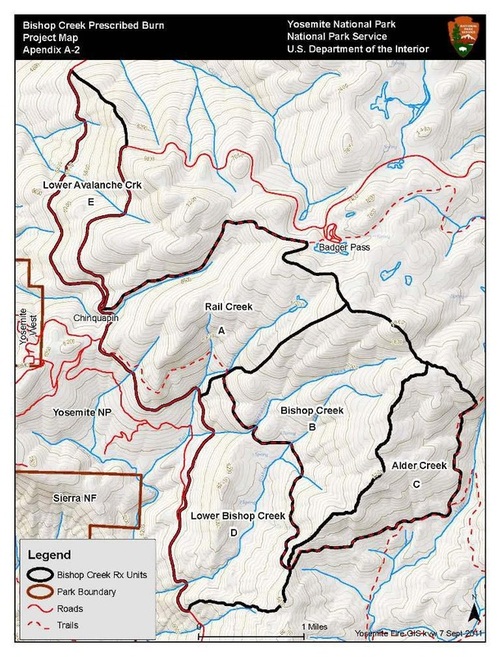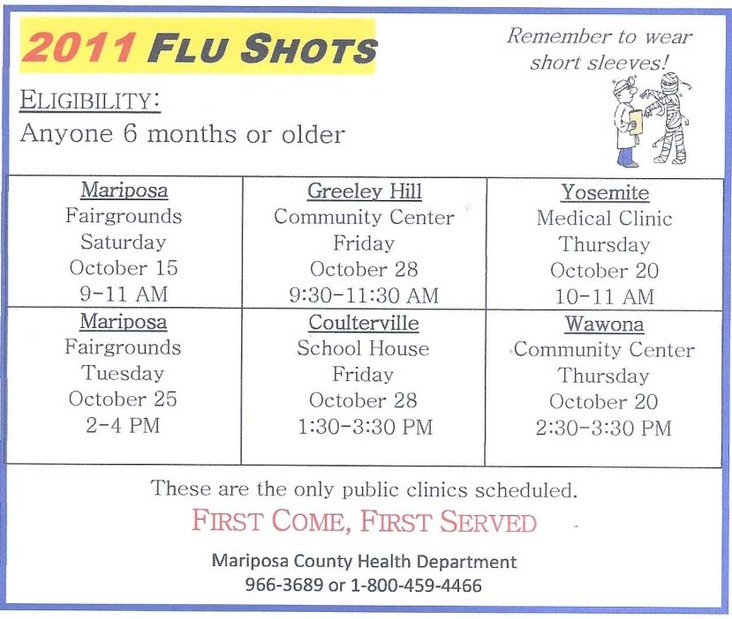A Year in Yosemite: A Sense of the World
"Indians" put the finishing touches on their ‘umuucha.
There were many reasons our family moved to Yosemite National Park three years ago. Prime among them was our daughter. She is a good student academically but she is also an ace fidgeter, a condition that does little to endear a child to a teacher. When we found Yosemite Park’s Wawona Elementary School, with its supremely gifted teachers and a curriculum that includes all the basics plus healthy doses of art, music, cooking, nature studies and even skiing, we jumped at the chance.
At the time, our daughter was in an excellent school in Los Angeles but her inability to sit still proved so relentless that we’d enrolled her in occupational therapy in an attempt to contain the urge. When we announced to her aunts and uncles (really friends but family nonetheless) that we were leaving for Yosemite there was a hue and cry about the dangers of taking our daughter out of occupational therapy, a fear that she would begin to slip backward. So I went to see her therapist and asked her what she thought. Her answer? “Nature is occupational therapy, 24/7.”
After stowing their backpacks, the students gathered around the fire where they were divided into groups. Night was coming on, but that didn’t seem to affect what happened next as they spent the two hours practicing how to listen, see and feel, as if—like the Indians—their lives depended on the outcome.
Armed with their new-found knowledge, they played a game (the native peoples’ favorite way to teach their children) that brought all their senses into play. For over an hour in the pitch dark, they walked as they’d been taught—in the manner of foxes, cougars and weasels—struggling to keep their movements absolutely quiet as they attempted to make their way to the counselors without being seen or heard.
That’s when I recalled the words of my daughter’s occupational therapist. Because, while the students’ excitement level was still sky high, there was an internal quiet to their energy that was incredible to behold. They had calmed down. Absolute focus had stopped the fidgeting. Poise and grace replaced it… no occupational therapy needed. Being fully engaged with their senses and in tune with nature had made this miracle occur.
The friction of a bow and drill is used to create a hot ember.
Perhaps it was coincidence, perhaps not, but when my family first stumbled upon the public schools in Yosemite National Park, I was reading Richard Louv’s Last Child in the Woods: Saving our Children from Nature-Deficit Disorder. Mr. Louv is deeply worried about the small amount of time given over to unstructured, outdoor play in America today and its effect on children. He goes so far as to see a direct link between what he calls kids’ nature-deficit and conditions like ADHD. Yet the students in our group are being raised in a rural, outdoor setting. What seems to be missing is the deep, profound focus our ancestors depended on for survival. As one of the counselor’s pointed out, today we literally focus on what is in front of us. Native peoples would have been aware of the world all around them; their view was more than peripheral, it was all but 360 degrees.
Hot ember, dry tinder and air produces ...
Years ago I spent a decade traveling the world. Like all travelers, I love to hear amazing “survival” stories. One of my favorites is that of friends who were in the Peace Corps in Botswana. Seems their truck broke down in the middle of the Kalahari Desert. They had few supplies but, luckily, the local Bushman tribe took them in. The good news was they weren’t going to starve. The bad news was that help was on its way— once a month a truck came through bringing water to the Bushman enclave—but when it would arrive was anyone’s guess. And so they waited (learning to skin and prepare game in the process). Then one day, a woman who seemed as old as time, announced that the truck was coming “tomorrow at noon.” For the rest of the day and the following morning there was nothing, not even dust on the horizon to announce the truck’s arrival. Then, around noon, it rumbled in.
“How did she know?” my friends asked incredulously. “She felt the earth’s vibration,” came the answer. Before I watched nature work its magic on our kids, I could not imagine a world where one could feel the rumblings of a truck from hundreds of miles away. But now I know that being open to nature—with its sensory rich life lessons—can and does open up the world.
-- Jamie Simons/Photos by Jon Jay
In May 2009, while hiking in Yosemite National Park, long-time Los Angeles resident Jamie Simons turned to her husband and said, "I want to live here." Jamie and her family have since lived in the park. Check out all of her blog articles by clicking here.






